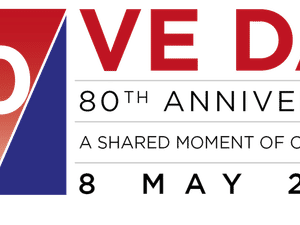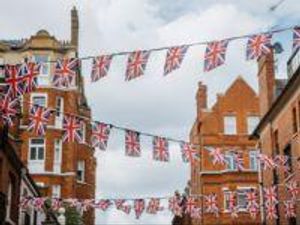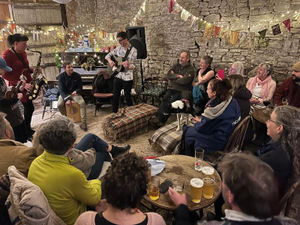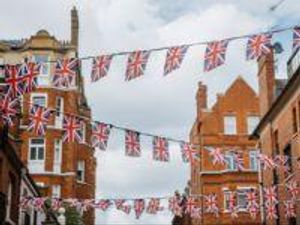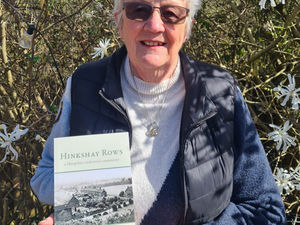Norman's Jag to fetch £11 million
A Jaguar raced by legendary Shropshire driver Norman Dewis is expected to reach up to £11 million at auction.
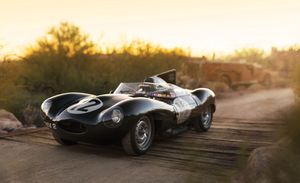
The 1954 Jaguar D-Type, described by Mr Dewis as one of the best of its type, will be auctioned by R M Sotheby at its Arizona sale on January 18.
It has proved a sound investment – in 1961 it was advertised for just £1,850.
Mr Dewis, who lives in Church Stretton, drove the car with Bob Berry in the 1955 Goodwood nine-hour race, taking fifth place.
The Jaguar, registration number OKV2, was the lead car in the Jaguar Works team during the 1954 Le Mans 24-hour race. It was the third of five factory competition models build in 1954.
Driven by Stirling Moss and Peter Walker, it set a then record speed of 172.97mph, and led the race at midnight.
However, their hopes of winning the title were dashed when the car's brakes failed.
The car was then handed to Mr Dewis, who was Jaguar's test and development driver at the time.
He drove it over the winter months, fitting a new 3.4-litre engine.
Notes of his test work, as well as later correspondence, are included as part of the sale, including the comment that “this car is one of the best examples of the works ‘D’ types.”
Mr Berry, who was Jaguar's public relations, raced the car on numerous occasions, coming second in two races at Goodwood in 1955, and taking third place at Aintree.
In 1963 British mechanic Alistair Smith was killed in the car during a low speed crash in Canada.
The incident led to the D-type being placed into storage where it remained for 17 years.
It was brought out of storage in 1980 and has spent much of its recent life owned by enthusiast Terry Larson, from Arizona, US.
Larson sold the car to its current owner in 2011, but he too has now decided to sell.
It is estimated to fetch between £8 million and £11 million.
Mr Dewis, who is now 97, told the Shropshire Star he had fond memories of the car, which he last drove at an event in Monterey, California, in 2000.
"I drove it in the nine-hour race in 1955, it wasn't developed for use on the shorter circuits, it was really created for the big circuits like Le Mans and Rheims," he said.
"It was a good endurance car, very reliable, you could drive it all day if you drove it properly, but it had a live rear axle which didn't make it very good for the corners on the shorter circuits."
He said being reunited with it in 2000 brought back many memories, and the fact that it still drove so well was a testament to what a good car it was.
"You don't see many cars around that age that can still put up a good performance, it is good to see these cars still around. It will be interesting to see how much it makes."
Mr Dewis was appointed an OBE in November 2014, in recognition of services to the motor industry.
During his 33 years as a test driver, he developed 25 models for the company, including the legendary Jaguar C- and D-types, which cleaned up at Le Mans during the 1950s.
Accompanying Stirling Moss in a C-type, he pioneered the use of disc brakes in the 1952 Mille Miglia 1,000-mile race through Italy, re-enacting the feat to mark its 60th anniversary in 2012.
He also drove a D-type for the Jaguar works team in the tragic 1955 Le Mans, witnessing the worst disaster in motorsport history when a crash killed 83 spectators and driver Pierre Levegh.

